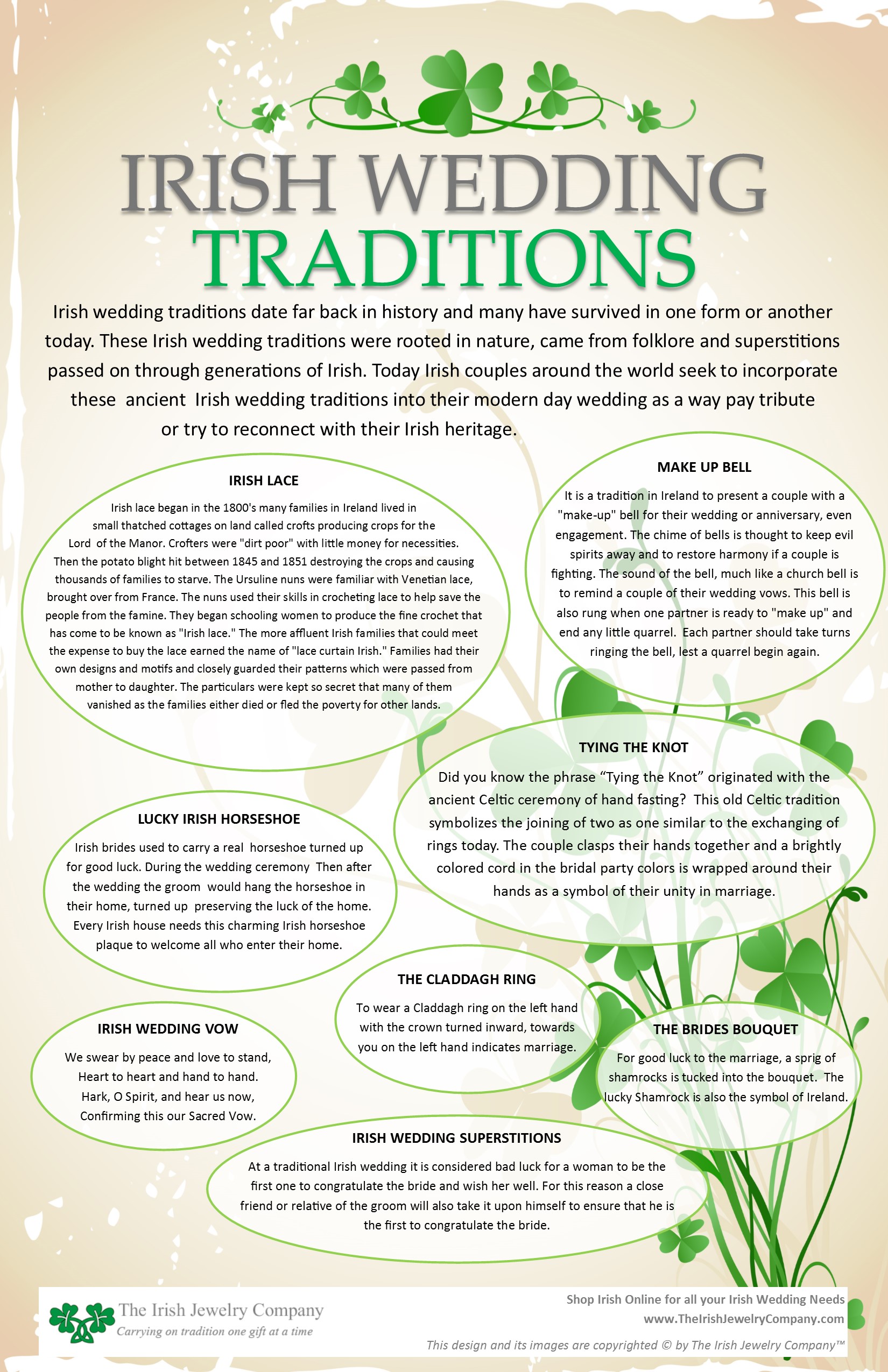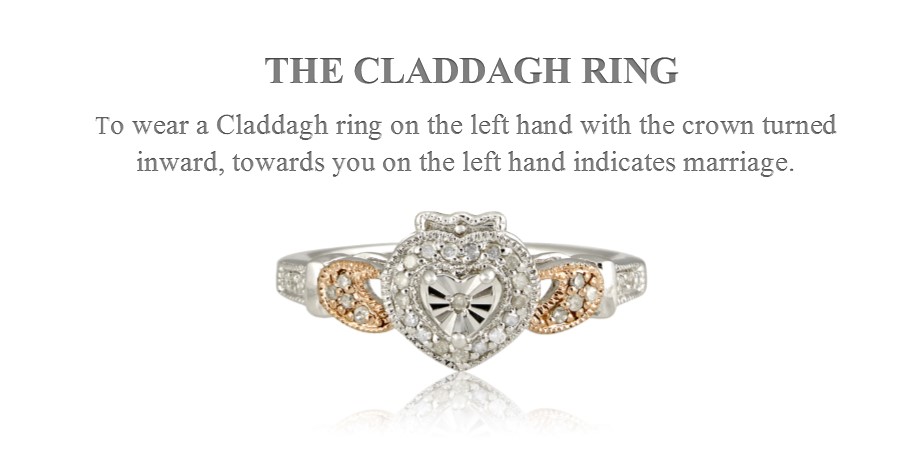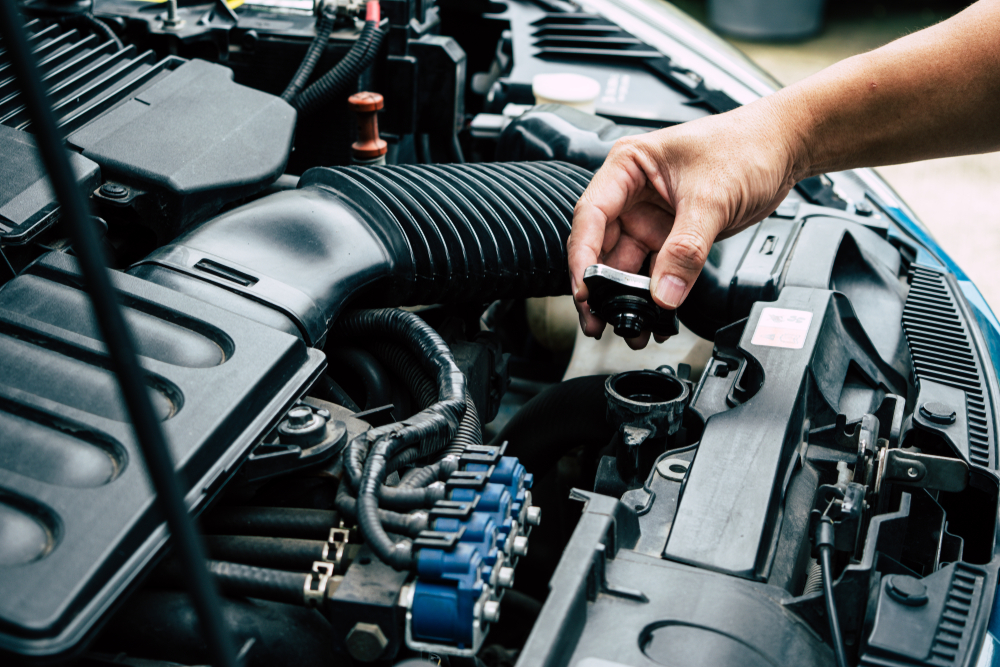Irish wedding traditions date far back in history and many have survived in one form or another today. Most Irish wedding traditions were rooted in nature and custom. These traditions came from folklore and superstitions passed on for generations, told from family to family. Today many Irish couples around the world and Irish American couples seek to incorporate these ancient Irish wedding ways in their modern-day wedding as a way to pay tribute or to reconnect with their Irish heritage.
The Claddagh Ring
The first wedding traditions that is an absolute must for any Irish wedding is the claddagh ring. The Irish word Claddagh is pronounced [klah-duh]. The traditional Irish Claddagh ring is a symbol of friendship, love and loyalty. The hands of the claddagh ring stand for friendship. The heart of the claddagh ring stands for love and the crown is a symbol of loyalty. The wearing of the Irish Claddagh ring is a tradition, rich in meaning and history. But it can be misinterpreted if worn incorrectly. So be sure to wear your Claddagh ring on the left hand with the crown turned inward, towards you on the left hand indicates marriage.
Irish Lace Hanky
Irish Lace is commonly used as a Traditional Irish Wedding accessory as part of the dress or as a hanky. The importance of Irish lace began in the 1800’s many families in Ireland lived in small thatched cottages on land called crofts producing crops for the Lord of the Manor. Crofters were “dirt poor” with little money for necessities. Then the potato blight hit between 1845 and 1851 destroying the crops and causing thousands of families to starve. The Ursuline nuns were familiar with Venetian lace, brought over from France. The nuns used their skills in crocheting lace to help save the people from the famine. They began schooling women to produce the fine crochet that has come to be known as “Irish lace.” The more affluent Irish families that could meet the expense to buy the lace earned the name of “lace curtain Irish.” Families had their own designs and motifs and closely guarded their patterns which were passed from mother to daughter. Patterns were kept so secret that many of them vanished as the families either died or fled the poverty for other lands.

Tying the Knot
Perhaps the best-known Irish Wedding Tradition that most people don’t know about is Tying the Knot. Did you know the phrase “Tying the Knot” originated with the ancient Celtic ceremony of hand fasting? This old Celtic tradition symbolizes the joining of two as one, like the exchanging of rings today. The couple clasps their hands together and a brightly colored cord in the bridal party colors is wrapped around their hands as a symbol of their unity in marriage.
Good Luck Horseshoe
Another popular Irish Wedding Tradition is the lucky horseshoe. The Irish brides used to carry down the aisle a real horseshoe turned up for good luck. During the wedding ceremony Then after the wedding the groom would hang the horseshoe in their home, turned up preserving the luck of the home. Every Irish house needs this charming Irish horseshoe plaque to welcome all who enter their home.
Shamrocks in the Bouquet
For good luck to the marriage, a sprig of shamrocks is tucked into the bouquet. The lucky Shamrock is also the symbol of Ireland. Saint Patrick used the three leafs of the shamrock to teach the Holy Trinity. Incorporate a few shamrocks in your wedding bouquet or a piece of Irish jewelry with shamrocks for a wee bit of Irish luck on your wedding day.
Irish wedding traditions can be added to any wedding ceremony, Irish or not. Try incorporating a few of these simple customs into your Irish wedding ceremony such as a simple Celtic handfasting ceremony, an Irish lace handkerchief, turning your Claddagh ring or saying your vows with Celtic wedding rings. You Can Have A Traditional Irish Wedding if you want! Or at the very least you can add some lovely Irish traditions to add a little extra luck to your big day!






